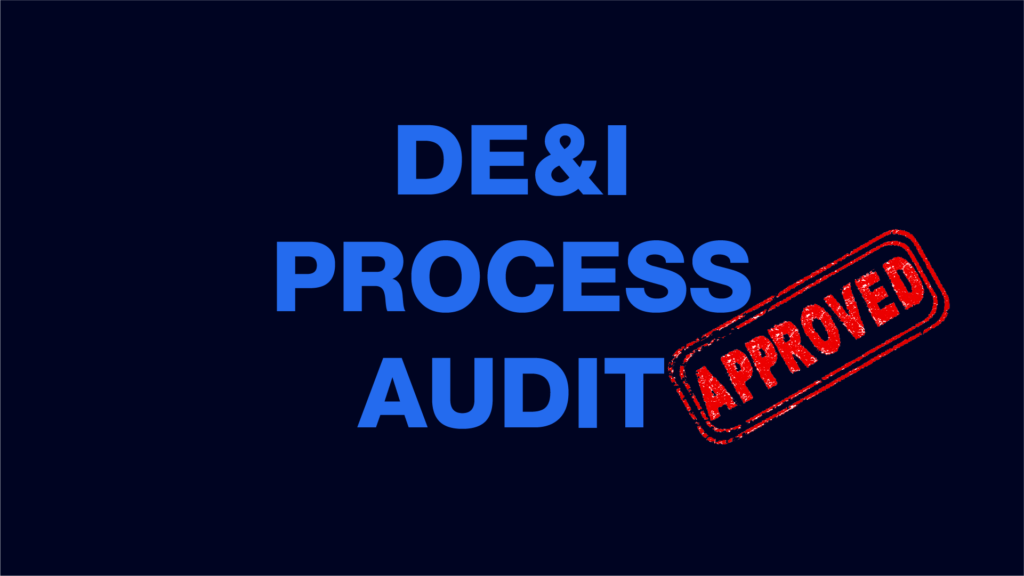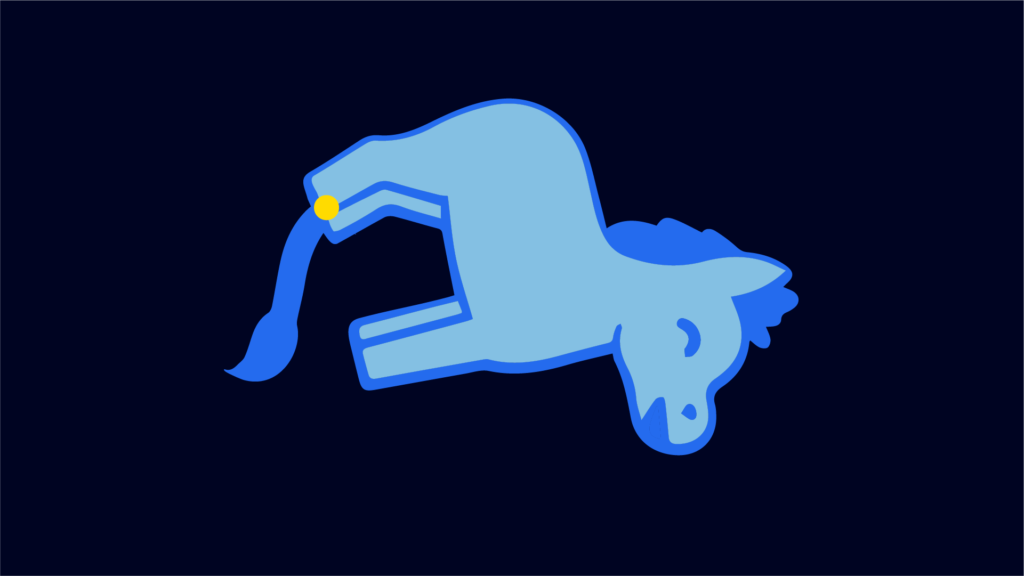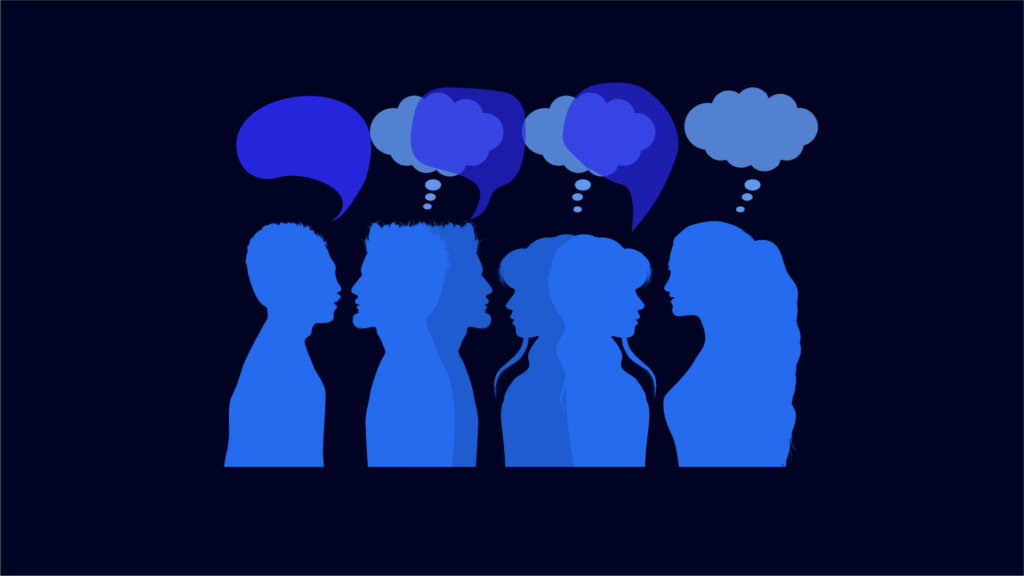Developing Leadership Intuition
In Brief
- We are unsure about what intuition is and whether it should be trusted, and how it differs from biases. Here we define it.
- Intuition has been studied by brain scientists and linked to implicit learning.
- Intuition is useful in projecting forward maps of what we understand to make optimally informed choices when definitive data is lacking.
- Intuition may be a key factor in separating good leaders from great leaders.
The Details
When you first approach the subject of intuition, it’s a tough one to get started on. There are so many definitions of what intuition is, to begin with. Then, once you establish that intuition is real, you run into clashes with heuristics and biases, and you’d be forgiven for just giving up and never trusting your intuition. You can make your own mind up after reading the evidence whether you, as a leader or hiring manager, should use intuition that has been refined over many years.
“Don’t let the noise of other’s opinions drown out your own inner voice. And most important, have the courage to follow your heart and intuition. They somehow already know what you truly want to become. Everything else is secondary.” (Steve Jobs).
“All of my best decisions in business and in life have been made with heart and intuition – not analysis. When you can make a decision with analysis, you should do so, but it turns out in life that your most important decisions are always made with instinct, intuition, taste, heart.” (Jeff Bezos).
Here we have two of the most successful people to ever walk this earth speaking about how they use intuition to make their decisions. Perhaps they got lucky, or perhaps they are just very good when it comes to intuitive thinking and execution. It wouldn’t be the first time that we can’t explain why some people are incredibly gifted at certain things. Think of artists and musicians, for example. What makes them so incredible, and why can’t I sing or paint in the same way? We don’t necessarily know why, but the differences are very clearly expressed in their work. Is it, therefore, possible that there may be varying degrees of competence that are unexplained when it comes to leadership and decision-making?
I don’t think anyone, for a second, is suggesting that intuition is always right. For example, in 1993, Steve Jobs launched what was effectively the first iPad, the Apple Newton. It was a complete flop. It was probably more of a case of timing and technology not quite being advanced enough, but no doubt intuition played a part in his decision to launch that product as it’s not like there was anything else to go in terms of other players in the market. However, for people to just strike down the utility of intuition because they’re not always right, or because there’s a fine line between intuition and biases, is dismissing a real gift that great leaders have. Thankfully, over recent years, many more studies have been done into intuition, and we’re starting to get closer to a place where reality and theory are speaking a similar language.
The effective use of intuition has even been seen as critical in differentiating successful top executives and board members from lower-level managers and dysfunctional boards (Agor, 1986). Ralph Larsen, a former chair and CEO of Johnson & Johnson, suggested: “Very often, people will do a brilliant job through the middle management levels, where it’s very heavily quantitative in terms of the decision making. But then they reach senior management, where the problems get more complex and ambiguous, and we discover that their judgment or intuition is not what it should be. And when that happens, it’s a problem; it’s a big problem.” (Hayashi, 2001).
Classical analytical decision-making suggests that we should observe all potential outcomes, work with the data, and measure which outcome may be most favorable based on the desired outcome, and make a decision only once all potential scenarios and relevant parties have been consulted. That’s fine for scenarios where time is on your side and all required information is readily available, but that doesn’t work in moments when decisions have to be made almost instantaneously. Herbert Simon, a Nobel Prize winner, introduced the concept of bounded rationality to explain why it is impossible to make any important decision by gathering and analyzing all the facts as there are simply too many facts and too many combinations of facts. (Simon, 1957).
Dane and Pratt (2007) defined intuitions as “affectively-charged judgments that arise through rapid, non-conscious, and holistic associations.” In another similar paper by Hodgkinson et al. (2008), they went on to describe what is meant by these terms, and in doing so, we are able to build quite a specific picture of what we’re referring to when describing intuition.
“Affectively charged” refers to the feelings that are associated with intuition, like “gut feeling,” for example. Agor (1986) notes that as executives make intuitive judgments, they often experience excitement and harmony.
“Nonconscious” refers to the fact that intuition occurs outside of conscious thought. Jung, for example, defined intuition as “that psychological function which transmits perceptions in an unconscious way” (1933). We already know this from our evolutionary biological instincts, which originate outside of the experiential processing system, like pulling back your hand from a hot stovetop when you didn’t realize it was still hot.
“Holistic associations” refers to the linking of disparate elements of information and making holistic associations unconsciously based on previously known patterns or cognitive structures or, in other words, mental processes.
Learning Without Learning
Aside from our unconscious biases allegedly corrupting our everyday lives, there is another set of highly sophisticated, nonconscious cognitive structures that allow experts to build intuition in another way: through experience and learning (Agor, 1989), relying on pattern recognition processes. For example, Khatri and Ng argue that, for managerial intuition to be effective, it “requires years of experience in problem-solving and is founded upon a solid and complete grasp of the details of the business” (Khatri & Ng, 2000). This goes without saying. However, we are also developing our intuition through a process of implicit learning or learning without knowing that we are learning. In fact, researchers have found that knowledge acquired via implicit learning will be retained when an individual suffers from amnesia, even when more explicit knowledge is lost (Seger, 1994). This suggests that although explicit and implicit learning can occur simultaneously in a given context, implicit learning involves a different process of knowledge acquisition and storage. Reber (1989) has tied implicit learning to “intuitive knowledge” and argues that it is through implicit learning that individuals come to form the complex cognitive structures necessary for intuitive judgments and decisions.
For example, there is a game in Japan called Shogi, which, for simplicity, we can think of as a game like chess, but much harder with many more possible moves. A group of neuroscientists studied the brains of professional players using MRI scans and compared these to scans of amateur players (Xiaohong Wan et al, 2012). They identified an area of the brain called the caudate nucleus, which is part of the basal ganglia—a set of interlinked brain areas responsible for learning, executing habits, and automatic behaviors. They found this area only “lit up” up in professional player’s brains. Their conclusion was that this is the area of the brain linked to intuition and implicit learning as the professional players were mapping out their next moves based on previous experience, or in other words, using their intuition.
What these unbelievably clever people seem to be suggesting is that there is an area of the brain that stores these “folders” of implicitly learned patterns and structures, which are then unconsciously recalled and projected onto new situations that lead us to make intuitive decisions. They’re also suggesting that at some point in time, explicitly learned processes, once repeated, then also get stored in these same folders and form part of our learned process of intuiting.
The Intuitive Leap of Faith
I wrote before about holistic associations. Another way to think about these as they relate to intuitive thinking is by taking our stored mental maps of what we know and subconsciously projecting new situations onto these known maps. When we recognize most of the map, but not necessarily all of it, we make an intuitive decision based on what we at least already know. A good analogy of this is working with a jigsaw puzzle but without a reference picture. Let’s say you have a 1000 piece jigsaw puzzle of a horse in a stable. When you’re about 800 pieces in, you recognize what the end result is going to be based on the pieces you have already laid. For someone who is very intuitive or has done many horse picture jigsaws before, they may recognize what the final image will look like after laying down only 200 pieces. Either way, at whatever point the final picture is formed in one’s mind, it will be formed long before the final piece has been placed. This is akin to the holistic associations when we subconsciously recognize certain patterns emerging.
Experts, or in this case, leaders, get better and better at this with the more experience they get, or at least they should do. This was essentially the theory proposed in Klein’s (1998) recognition primed decision model, which sought to explain how people can make useful predictions. Furthermore, in an article written in Farnam Street, an online publication, another Nobel Laureate, Herbert Simon, was quoted as saying:
“We have seen that a major component of expertise is the ability to recognize a very large number of specific relevant cues when they are present in any situation, and then to retrieve from memory information about what to do when those particular cues are noticed.
Because of this knowledge and recognition capability, experts can respond to new situations very rapidly- and usually with considerable accuracy. Of course, on further thought, the initial reaction may not be the correct one, but it is correct in a substantial number of cases and is rarely irrelevant. Chess grandmasters, looking at the chessboard, will generally form a hypothesis about the best move within five seconds, and in four out of five cases, this initial hypothesis will be the move they ultimately prefer. Moreover, it can be shown that this ability accounts for a very large proportion of their chess skill. For, if required to play very rapidly, the grandmaster may not maintain a grandmaster level of play but will almost always maintain a master level, even though in rapid play, there is time for almost nothing but to react to the first cues that are noticed on the board.”
Dealing with ambiguity and complexity are two of the defining factors of senior leadership success. Managers are typically told what to do and how to do it. They have mentors and leaders above them to help. When you are truly the leader in a company, you have your team to share facts and opinions, but you are ultimately dealing with a lot of unknowns, and much like with the speed chess players, you will often have to make decisions under a lot of pressure and time constraints. Therefore your intuitive decisions are called upon more than ever.
I truly believe that intuition is a lot like creativity. We cannot scientifically account for why some people are incredible at drawing, singing, or writing music. We can see their talent in their work, but we can’t explain it. Also, such individuals do not produce the greatest work of all time, every time. They make mistakes, or they may produce work that is below par for them, on occasion. I think intuition is the same in leaders. People like Jeff Bezos, in my opinion, just have incredible intuition that is rare in itself. He probably can’t even explain why his intuition is so good, but we can all see it in the decisions he makes and in his success. Of course, there are many other factors at play, but intuition isn’t something to just be ignored, and for leaders who are faced with big decisions every day, it shouldn’t just be recognized as useful, but it should be trusted and embraced.
About The Author
Fraser Hill is the founder of the leadership consulting and assessment company, Bremnus, as well as the founder and creator of Extraview.io, an HR software company aimed at experienced hire interview and selection in corporates and executive search firms. His 20+ year career has brought him to London, Hong Kong, Eastern Europe, Canada, and now the US, where he lives and works. His new book is The CEO’s Greatest Asset – The Art and Science of Landing Leaders.
References
Agor, W. H. (1986). The logic of intuition: How top executives make important decisions. Organizational Dynamics, 14(3): 5–18.
Agor, W. H. (Ed.). (1989). Intuition in organizations: Leading and managing productively. Sage Publications, Inc.
Dane, E., Pratt, M. (2007). Exploring Intuition And Its Role In Managerial Decision Making. Academy of Management Review, Vol. 32, No. 1, 33–54.
Evans, J., Stanovich, K. (2013). Dual-Process Theories of Higher Cognition: Advancing the Debate. Perspectives on Psychological Science. 2013;8(3):223-241.
Hayashi, A. M. (2001). When to trust your gut. Harvard Business Review, 79(2): 59 – 65.
Jung, C. G. (1933). Psychological Types. New York: Harcourt, Brace, and Company.
Kahneman, D. (2011). Thinking, Fast and Slow. New York: Farrar, Straus and Giroux.
Kahneman, D. (2019). Youtube. Prof. Daniel Kahneman: Art & Science of Decision Making #OCSummit19. Uploaded by OurCrowd. https://www.youtube.com/watch?v=WKSts1lNZhc.
Khatri, N., & Ng, H. (2000). The role of intuition in strategic decision making. Human Relations, 53: 57– 86.
Klein, G.A., (1998). Sources of Power: How People Make Decisions. MIT Press, Cambridge, Mass, pp. 1–30.
Koch, C. (2015). Intuition May Reveal Where Expertise Resides In The Brain. Scientific American Mind.
Lieberman, M. (2000). Intuition: A social cognitive neuroscience approach. Psychological Bulletin, 126: 109 –137.
Reber, A. (1989). Implicit learning and tacit knowledge. Journal of Experimental Psychology: General, 118: 219 –235.
Seger, C. (1994). Implicit learning. Psychological Bulletin, 115: 163–196.
Simon, H. A. (1957). Models of man: Social and rational; mathematical essays on rational human behavior in society setting. New York: Wiley.
Xiaohong Wan et al. (2012). Developing Intuition: Neural Correlates of Cognitive-Skill Learning in Caudate Nucleus. Journal of Neuroscience, Vol. 32, pag




